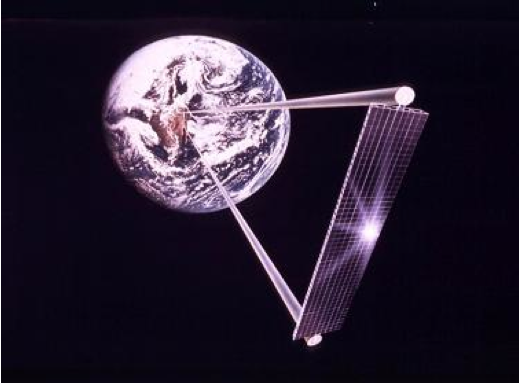
Holland: “The army of today runs on oil”
The Defense Department is looking for ways to reduce its dependence on fossil fuels, and nuclear fusion may be one way to do that. Andrew Holland, Senior Fellow for Energy and Climate at ASP, was quoted in the article “New Energy Technologies Could Provide Military With Inexhaustible Power Sources.” “Napoleon said that an army runs on its stomach. Well, the truth is the army of today runs on oil,” Holland said. The Defense Department spent $16.4 billion on 104 million barrels of liquid fuels for operational energy uses. This dependence on petroleum tethers the military to expensive oil and forces them to transport fuel in dangerous areas. “Nuclear fusion reactors may offer troops plentiful energy on demand in a safer and less expensive way,” he said. Holland noted that fusion reactors are safer than fission reactors: “There is no chance of a meltdown and there is no radioactive material left behind.” Talking about saving money and reducing the tail of a fleet, he said “A Navy/Marine base in Guam is powered all by diesel fuel that has to be shipped in at great cost. … If you could run that base on a fusion generator that requires no fuel, you could save a lot of money and cut your logistical tail significantly…. In certain future wars, especially in the Asia–Pacific, we have potential adversaries that … can certainly [threaten] the more vulnerable tail of the fleet and then force the fleet farther away.”
Fusion energy offers carbon-free clean energy and is an ideal power source in terms of security and the environment. American Security Project’s Fusion White Paper outlines a plan on how to accelerate the development of fusion power in the United States.
Another potential source of abundant energy is space-based solar energy. Unlike terrestrial solar power plants, space-based plants would be able to collect energy during the night. By launching satellites in a geosynchronous orbit and building a large solar array, energy could be directed to earth via a beam that is aimed at electrical fields the size of a football field on earth. The military could place the electrical fields on forward operating bases to collect the energy, Holland said. “We have the technology to do all of this right now,” Holland said. “The trick is cost. The cost for launching things into space is prohibitive.” Building the system would be in the hundreds of billions of dollars.
Space-based solar power (SBSP) is being researched at the U.S. Naval Research Laboratory, and several private companies are developing the concept. ASP hosted a roundtable discussion in 2011. The discussion was led by John C. Mankins, and it was determined that SBSP is not only feasible, but could become cost-effective in the next 30 years.






[…] Holland: “The army of today runs on oil.” […]